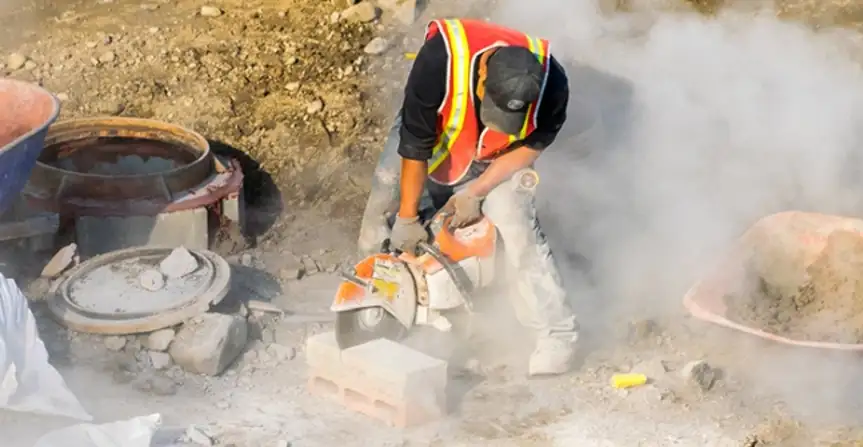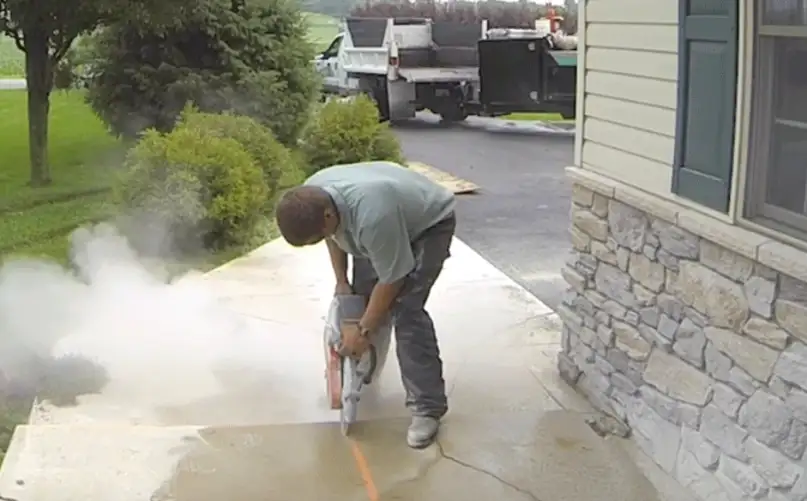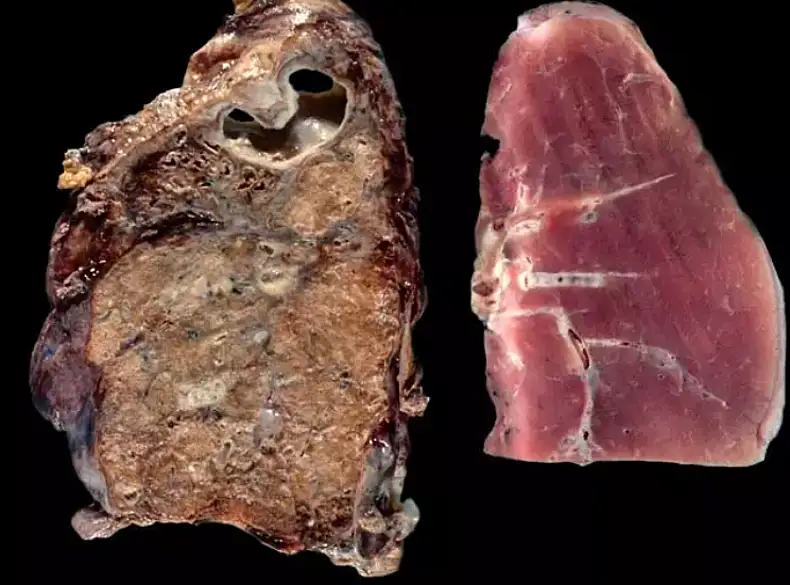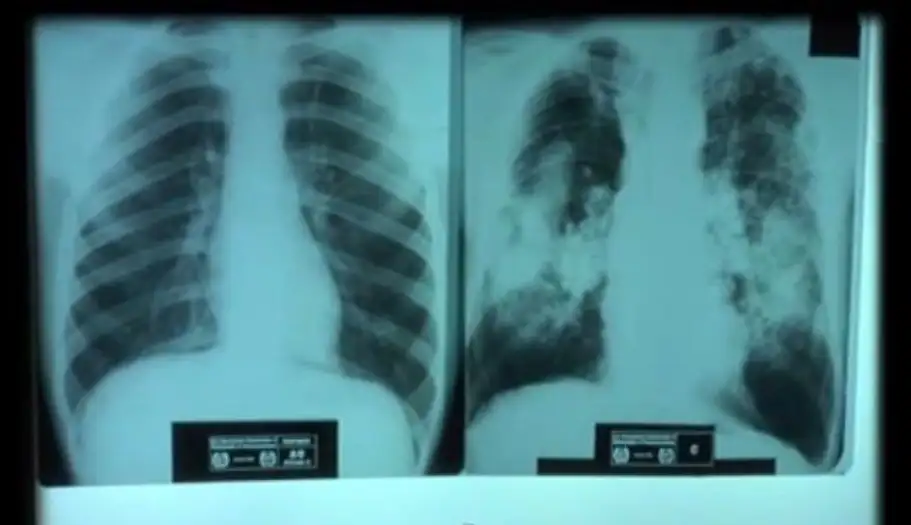Images
Click on any image to enlarge it.
Silica, Silicosis, and Testing Standards
Silica Exposure
The vast majority of the silica exposures result from breathing in quartz which makes up approximately 20% of the Earth's crust. Quartz is also added to many construction materials in the form of sand. Sanding, sawing, demolishing or otherwise disturbing the materials aerosolizes the quartz and the smaller fractions of these particles deposit in the deepest parts of the lung (the alveolar sacs) where oxygen is supposed to be exchanged for carbon dioxide. The crystalline quartz particles cause permanent scarring in these sacs and greatly inhibits the oxygen-carbon dioxide exchange in a disease called silicosis.
Unfortunately, silicosis is an irreversible disease and it is estimated that 200 workers die each year in the United States and more than 14,000 workers have died since 1968 (NIOSH, 2004). These figures do not include the hundreds of thousands of workers that became disabled or went unreported.
The 'Silica In Construction Standard'
Because of these health effects OSHA created a special emphasis program for silica in 1996. In 2016 OSHA issued the final rule under CFR 1926.1153 and three years later initiated enforcement. The "Silica In Construction Standard" applies to all employers who have a potential exposure to silica dust. Given how common silica is in construction materials and the dirt on construction sites, this affected nearly all construction activities and has led to an increase in the frequency and amount of sampling needed for compliance.
Fiberquant has since added silica analyses to their list of other industrial hygiene-related sampling and is currently accredited by the American Industrial Hygiene Laboratory Accreditation Program for method code NIOSH N7500.
The Certified Industrial Hygienist (CIH) at Fiberquant can assist you in developing your sampling plan and provide you with the sampling equipment and media to bring your company into OSHA and MSHA compliance. Please call today and send your workers home healthy.
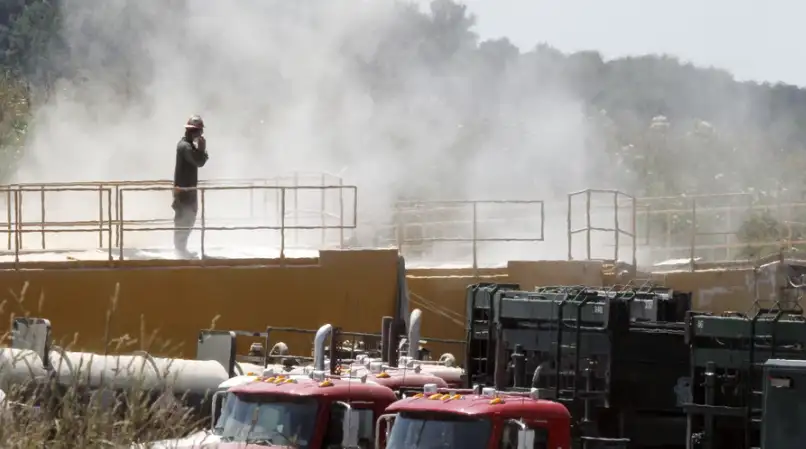
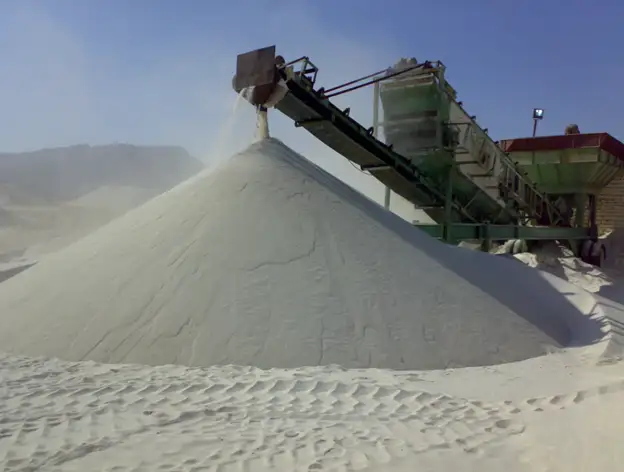
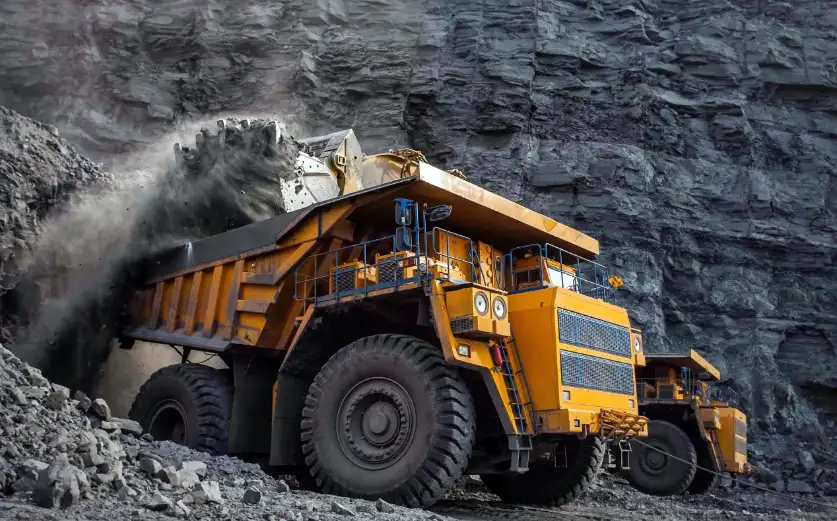
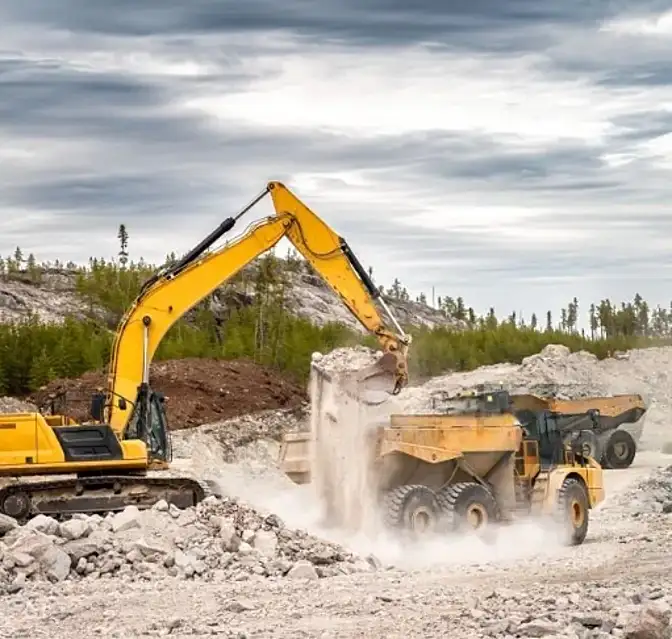
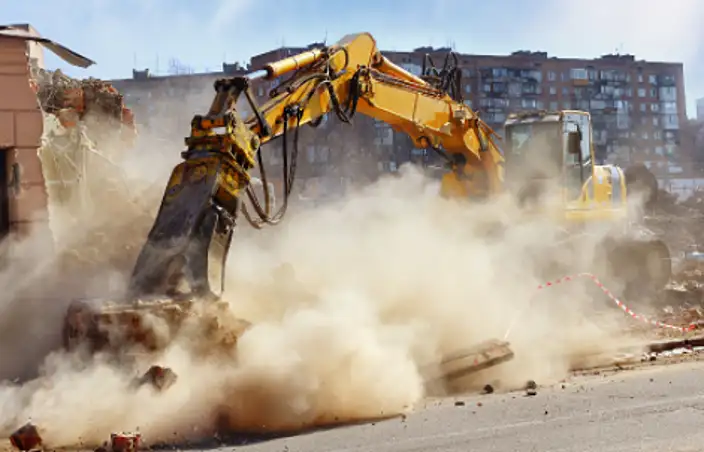

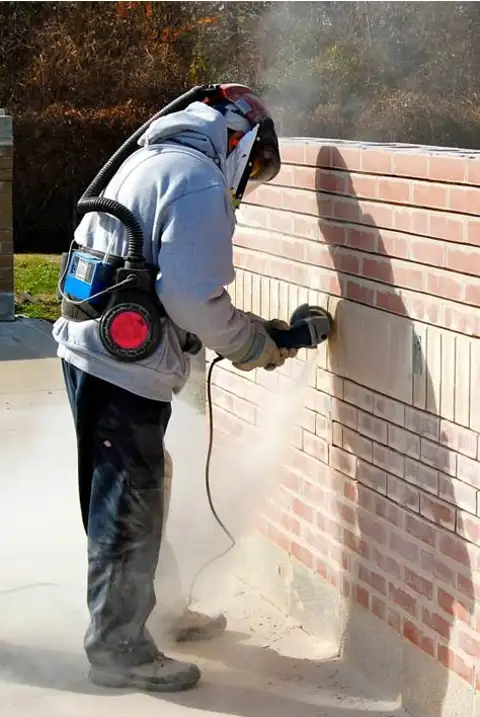
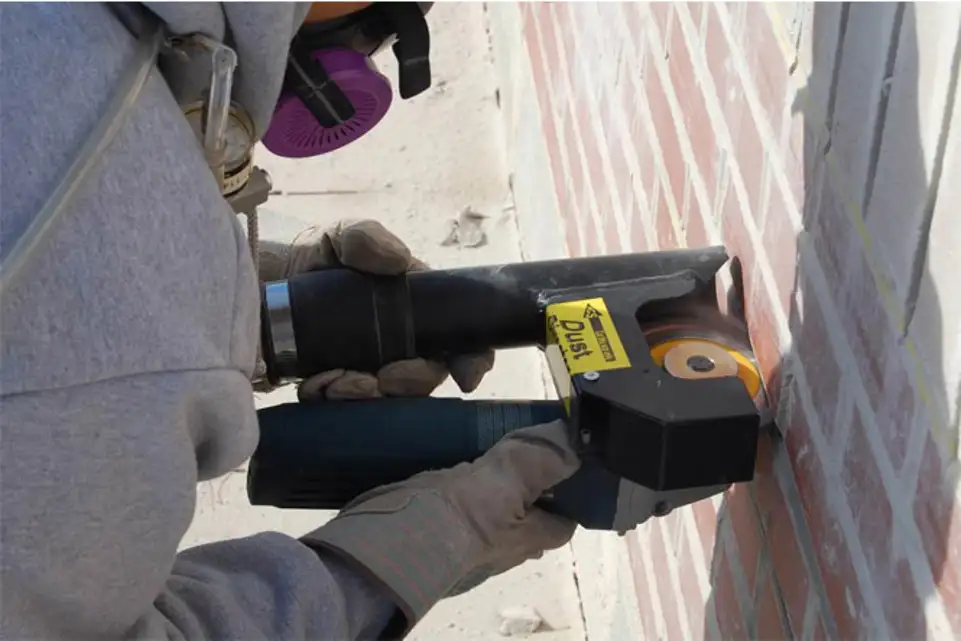
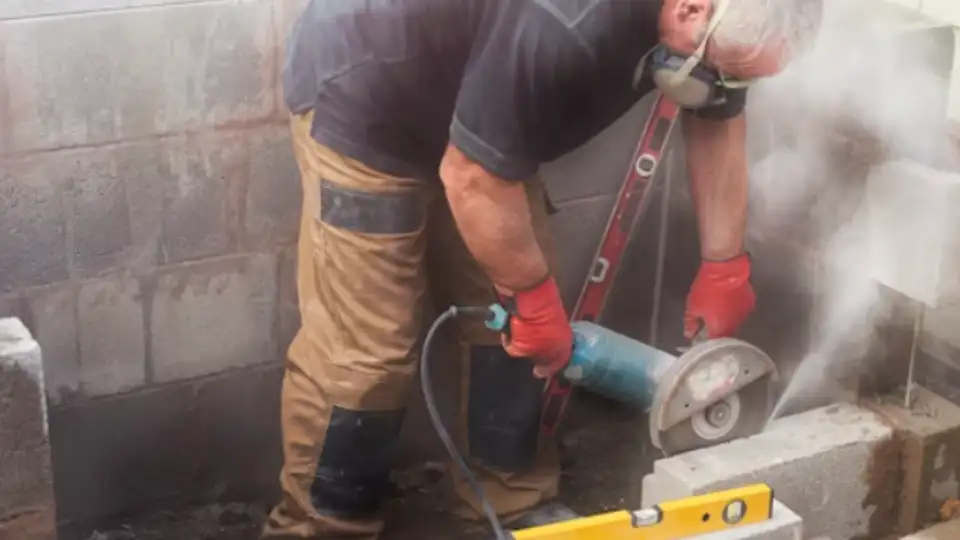
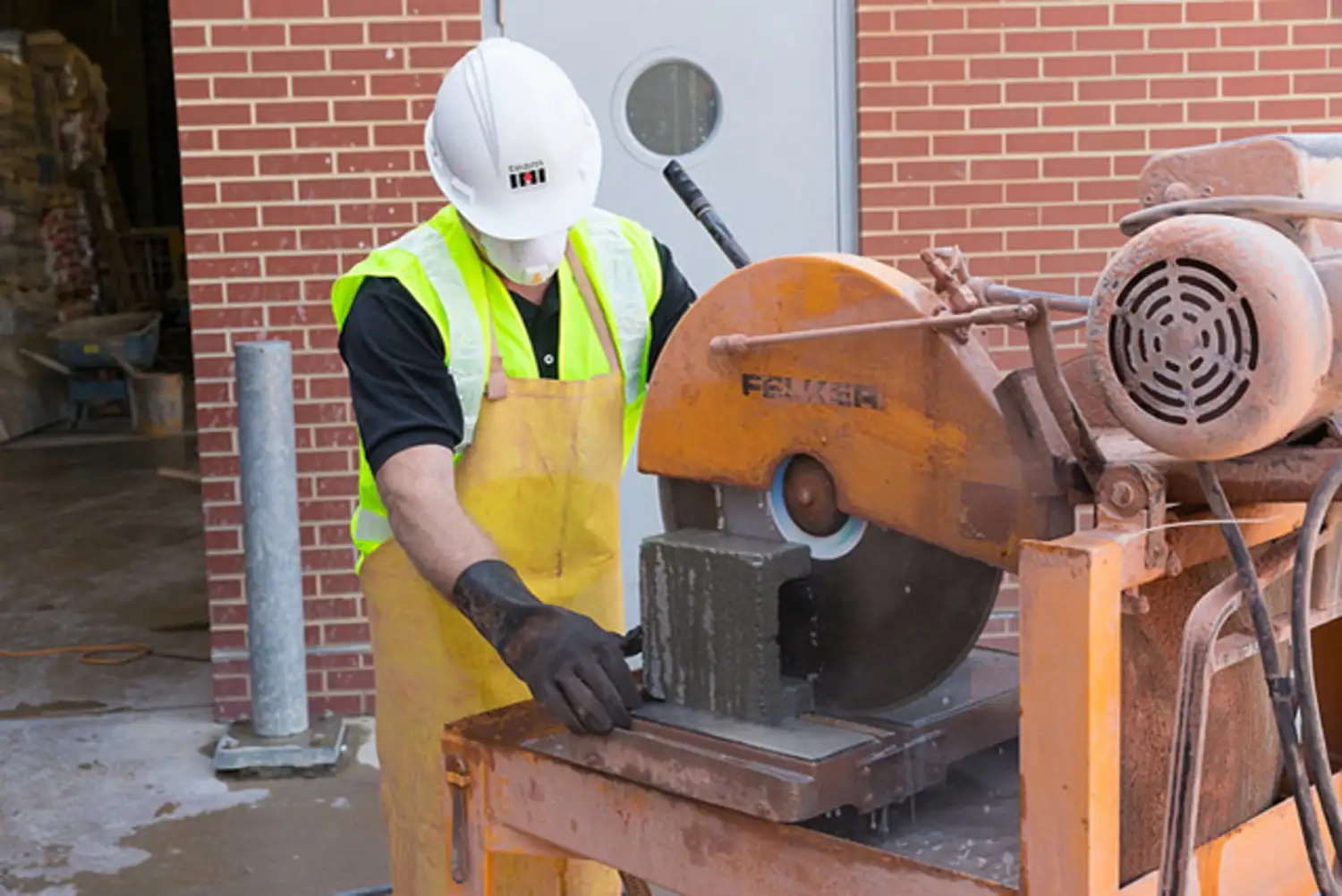
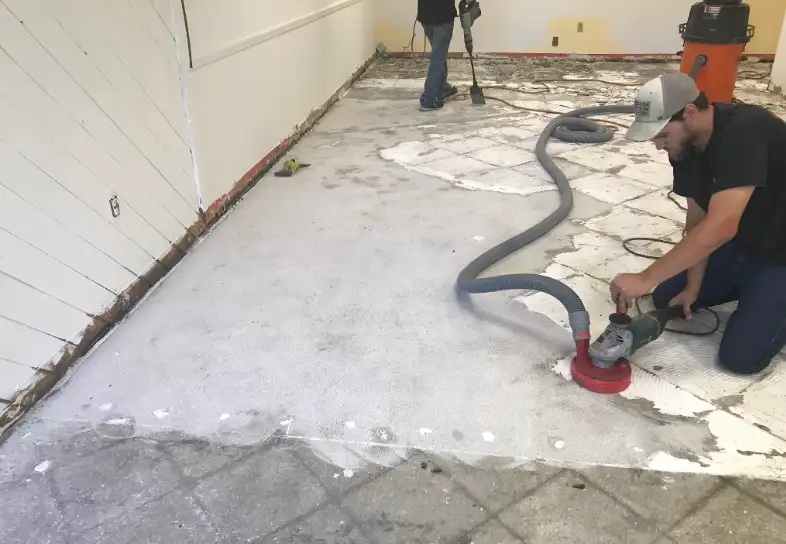

!["[Silicosis] took all five years to kill him. And we got to watch. The toughest thing was watching him come home when he couldn't work no more and literally fell on the ground and cried. He says, 'I can't do it no more.'" Tom Ward, whose father died of silicosis at 39.](images/silicaimages/tom-ward-quote.webp)
